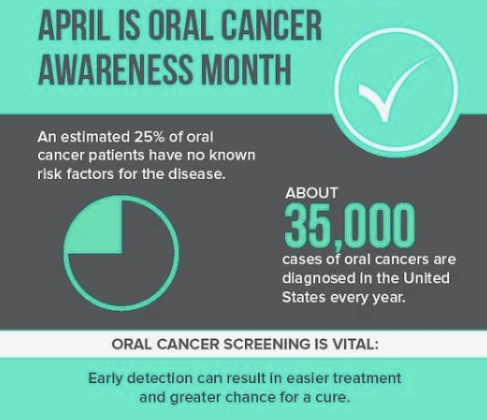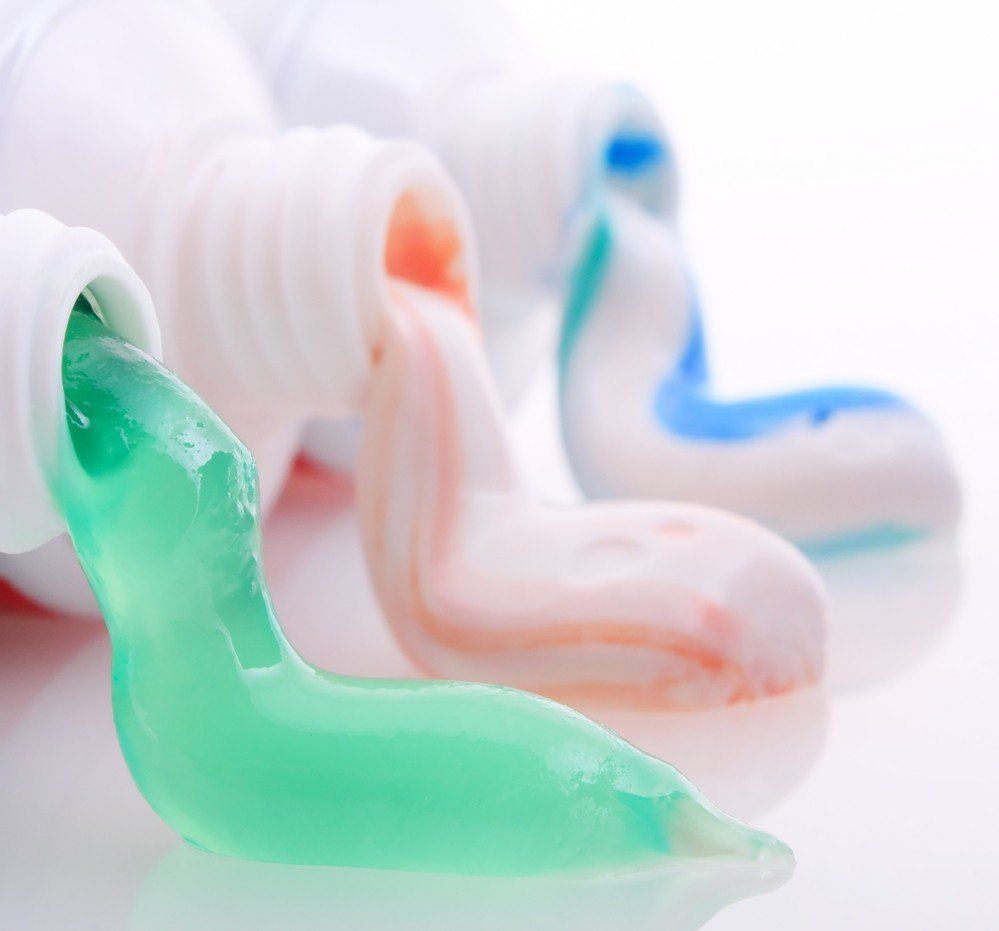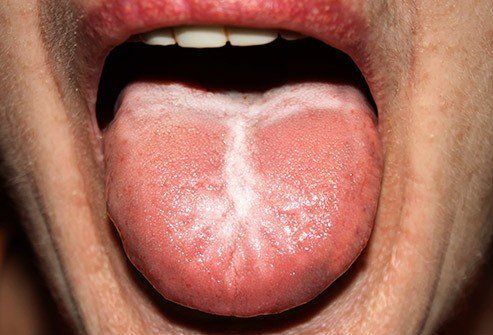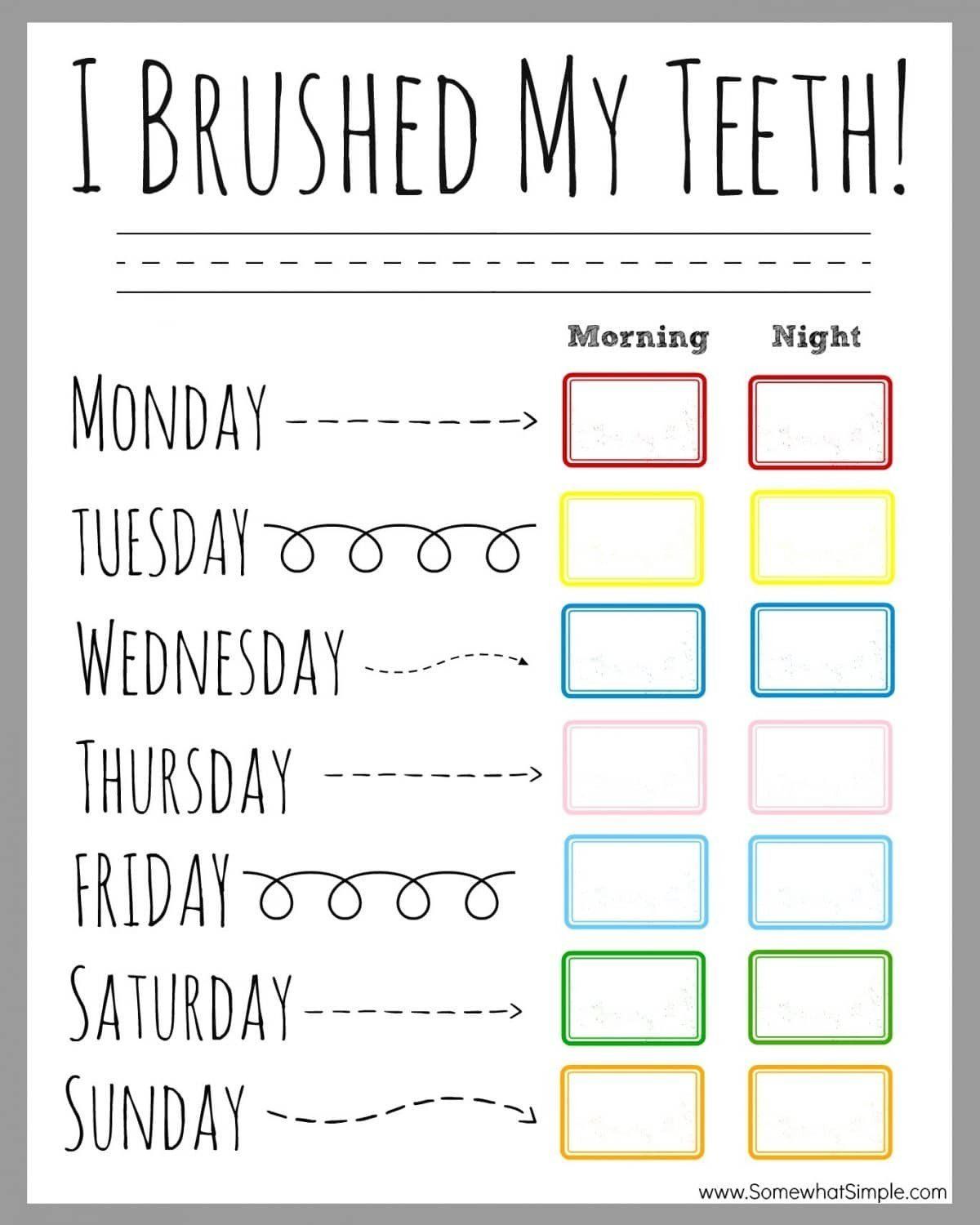Avoiding Bad Breath When You’re On the Go
- By Joel Snyder
- •
- 04 Nov, 2016
- •
Moms, busy professionals, students and many other people are so busy throughout the day that they sometimes forget to take care of their mouths.
You’re so busy throughout the day that you might sometimes forget to take care of your mouth. While this is understandable, the fact that you’re busy shouldn’t mean that you neglect your oral health. When you forget or pass on brushing and flossing, you open to door to bacteria that can lead to bad breath, tooth decay and gum disease. In order to stay healthy, you need to take care of your mouth even when you feel you have no time to do so.
People who lead busy lives should remember the following things to help them keep their mouths clean.
Carry travel-sized oral health products
Travel-sized oral health products can really come in handy. Many are small enough to easily keep in your car, purse or backpack so that you have them when you need them. If nothing else, try to keep some floss and a small bottle of alcohol-free mouthwash handy. That way, if you have a meal where you get something lodged in your teeth or feel that your breath may have taken a turn for the worse, you can try to take care of it while still out and about. In addition to those two things, you can also carry a travel toothbrush and a small tube of toothpaste. Travel toothbrushes are compact and often have a small case or cover that allows you to carry and use them without any mess.
Drink lots of water
Drinking lots of water will help you wash away any food particles and bacteria that collect in your mouth. This will help keep your breath fresh, and because most water in the U.S. is fluoridated, you’ll even be strengthening your teeth. According to the Centers for Disease Control and Prevention, fluoride added into water helps remineralize teeth and prevent cavities. For this reason, it has been added to water supplies for over 70 years. By drinking lots of water and carrying a refillable water bottle, you’ll be able to help keep your teeth healthy.
Stay away from certain foods and drinks
Sugary foods and drinks should be avoided. When sugary foods are eaten, bacteria in the mouth interact with the sugar and leave behind an acid that can attack your teeth. This leads to cavities and tooth decay. Starchy foods high in refined carbohydrates, such as fried foods or snacks like potato chips, are no friend to your teeth and can lead to the same result as sugary foods. If you do end up eating these foods, you should make sure to clean your mouth after doing so.
Use sugar-free mints, lozenges or gum
Chewing gum or sucking on a mint can help clean your teeth. Gum and mints increase the amount of saliva in your mouth, which will wash away any leftover food or plaque that has collected on your teeth. While any gum or mint will increase the amount of saliva, sugar-fee gum or mints are much better and will help your oral health much more. Try to use products that contain xylitol instead of sugar as this natural alternative to sugar actually fights off the bacteria that cause bad breath and tooth decay.

Contact us!
https://www.fabuloussmilesdental.com/contact

ADA Approval
First, make sure you choose a product approved by the American Dental Association and displaying the seal on its packaging. There are plenty of fluoride-free, organic, and all natural options tested by the ADA for both safety and effectiveness at keeping the teeth clean. Products without these seals have not necessarily been tested for their claims and quality, so you’re gambling with the health of your mouth by using them.
Focus on Needs
Consider what your teeth need the most to choose a toothpaste with the right extras. Whitening toothpaste can’t always replace professional whitening from a dentist, but it does work to prevent surface stains that cause your white smile to lose its brightness after treatment. Most toothpastes tend to target one of more of the following conditions or needs:
- Sensitivity, in the gums and teeth, from mild to severe pain
- Fluoride products are essential for kids, adults who don’t get enough of it in their diet, and people with diabetes and many other conditions
- Anti-cavity, which most products cover but which should always be checked
- Anti-gingivitis, ranging from over the counter to prescription products for healthier gums.
Watch Out!
There are a few products you don’t want to use on your teeth, and they’re often sold as cosmetic products rather than medically tested toothpaste. Any whitening toothpaste with a very abrasive ingredient, ranging from natural walnut shell to plastic microbeads, can leave your teeth with enamel damage that is permanent and hard to treat. Activated charcoal powders can also discolor teeth along with eroding your enamel. Look for toothpaste products that reinforce enamel rather than damaging it.
Picking a Toothbrush
Of course, the toothpaste still needs to be applied to the teeth with the right tools to effectively protect you from cavities and gum disease. The wrong toothbrush can damage your enamel, scratch your gums, or fail to remove trapped food from between your molars. Only use soft bristled brushes unless given advice from your dentist to the contrary. For most people, stiff bristles are too hard for their gums. The tip of each bristle should be rounded and not pointed or square so that food debris and tartar comes loose with each sweep. Replace your brush every three months even if it still looks new and fresh since bacteria can build up over time.
Need more advice about what to do to take care of your teeth? Make an appointment with your dentist for a routine cleaning or a timely inspection. You can discuss your concerns without feeling rushed and determine if your current oral health practices are sufficient for keeping your smile bright, healthy, and strong.

Creamy white spots could be thrush, a fungal infection (shown below). It often happens after an illness or medications throw off the balance of bacteria in your mouth. White patches that look lacy could be lichen planus, which means your immune system is attacking the tissues in your mouth. If you see hard, flat, white areas that can’t be scraped away, it could be leukoplakia, which is linked to cancer. Let your dentist know about any white patches you see.


